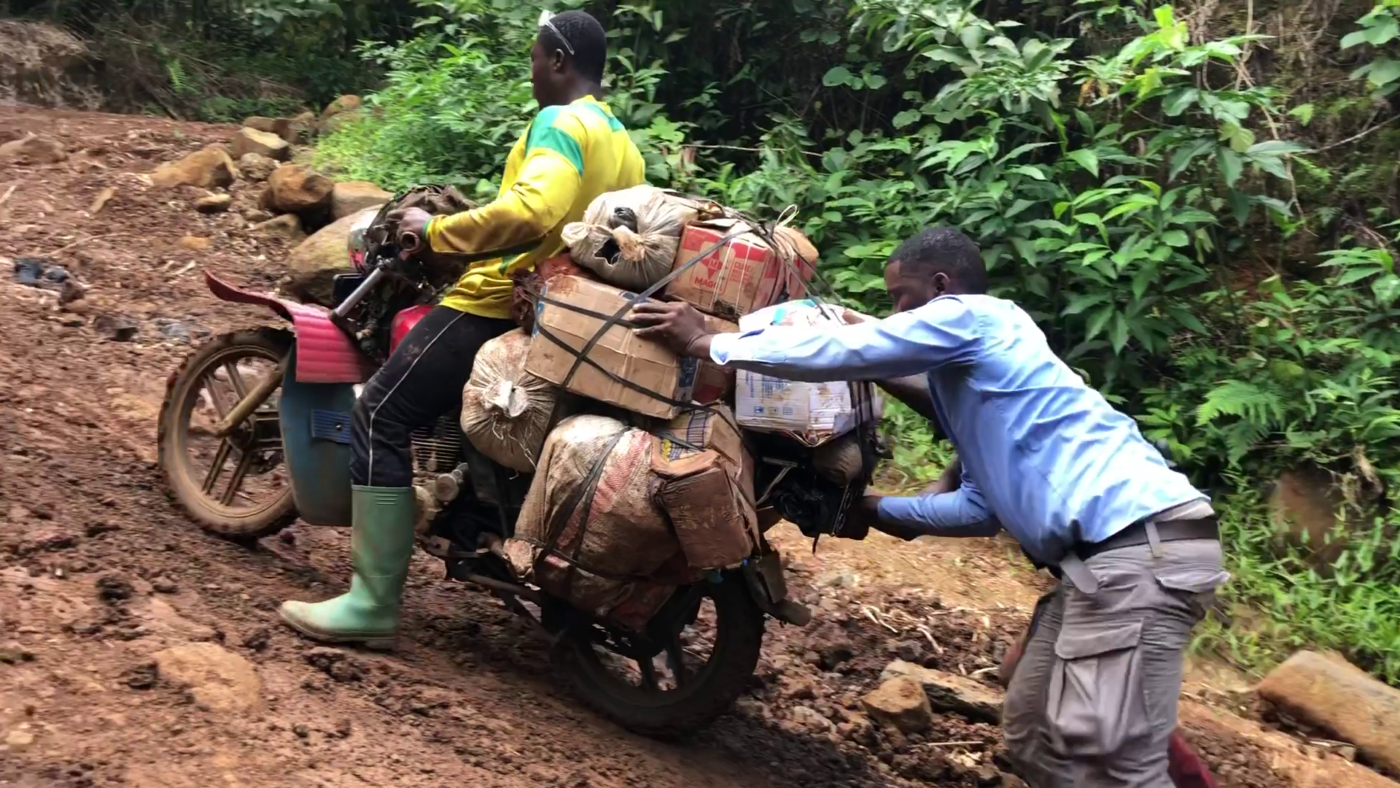Style
Hard-to-Reach Communities
Barriers to the Use of Solar Lamps in Rural Communities in Cameroon: Hard-to-Reach Communities
Hard-to-Reach Communities – The use of solar lamps in rural communities in Cameroon has been a challenge due to several factors. These communities face unique challenges that hinder the adoption of solar lamps, which could potentially improve their quality of life. In this essay, we will discuss the barriers faced by these communities and the potential solutions that could help overcome these challenges.
One of the primary barriers to the use of solar lamps in hard-to-reach communities is the lack of infrastructure. Many of these communities are located in remote areas with poor road networks, making it difficult for solar lamp distributors to reach them. This lack of accessibility results in limited availability of solar lamps and high transportation costs, which can be prohibitive for rural communities with limited financial resources.
Another barrier is the limited awareness and understanding of the benefits of solar lamps. Many people in these communities are not aware of the advantages of using solar lamps, such as reduced reliance on kerosene lamps, lower costs, and improved health due to reduced exposure to toxic fumes. This lack of knowledge can create skepticism and reluctance among community members to adopt solar lamps.
Furthermore, financial constraints are a significant barrier to the use of solar lamps in hard-to-reach communities. The upfront cost of solar lamps can be prohibitive for rural families with limited income. Additionally, the cost of maintaining solar lamps, such as replacing batteries or solar panels, can be burdensome for these communities.
In order to address these barriers and promote the adoption of solar lamps in hard-to-reach communities, several strategies can be implemented. First, efforts should be made to improve infrastructure in these remote areas, including the construction of roads and bridges to facilitate transportation. This would make it easier for solar lamp distributors to reach these communities and reduce the costs associated with transporting solar lamps.
Second, awareness campaigns should be launched to educate community members about the benefits of solar lamps. This can be done through workshops, demonstrations, and the use of local leaders to disseminate information. By increasing awareness, more people will be motivated to adopt solar lamps and reduce their reliance on harmful kerosene lamps.
Lastly, financial assistance programs should be established to help rural communities afford solar lamps. This can be achieved through subsidies, low-interest loans, or payment plans that allow families to pay for the solar lamps over time. These programs will make solar lamps more accessible to rural families and encourage their adoption.
In conclusion, the use of solar lamps in hard-to-reach communities in Cameroon faces several barriers, such as limited infrastructure, lack of awareness, and financial constraints. By addressing these challenges through improved infrastructure, increased awareness, and financial assistance programs, the adoption of solar lamps can be promoted, ultimately improving the quality of life for rural communities in Cameroon.

